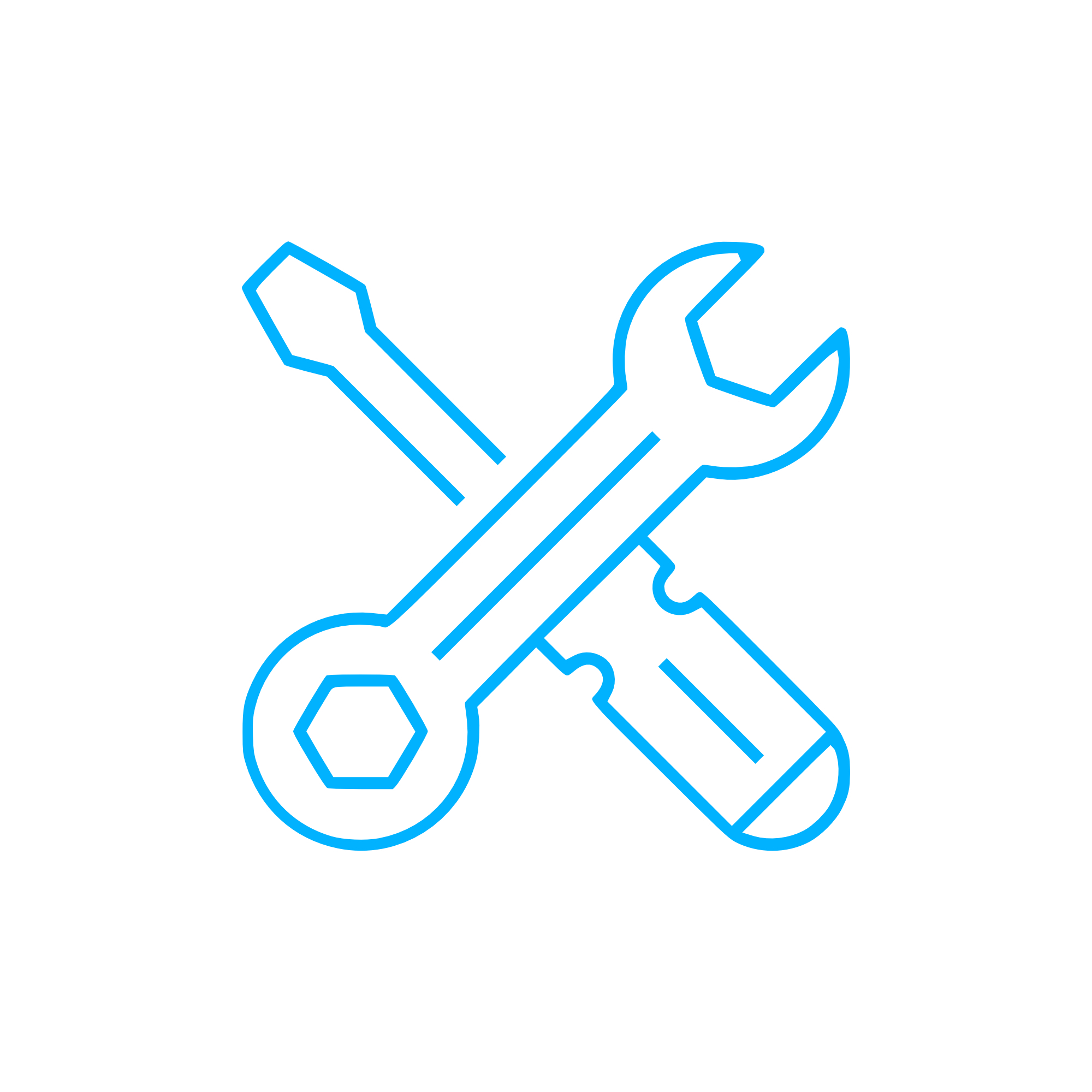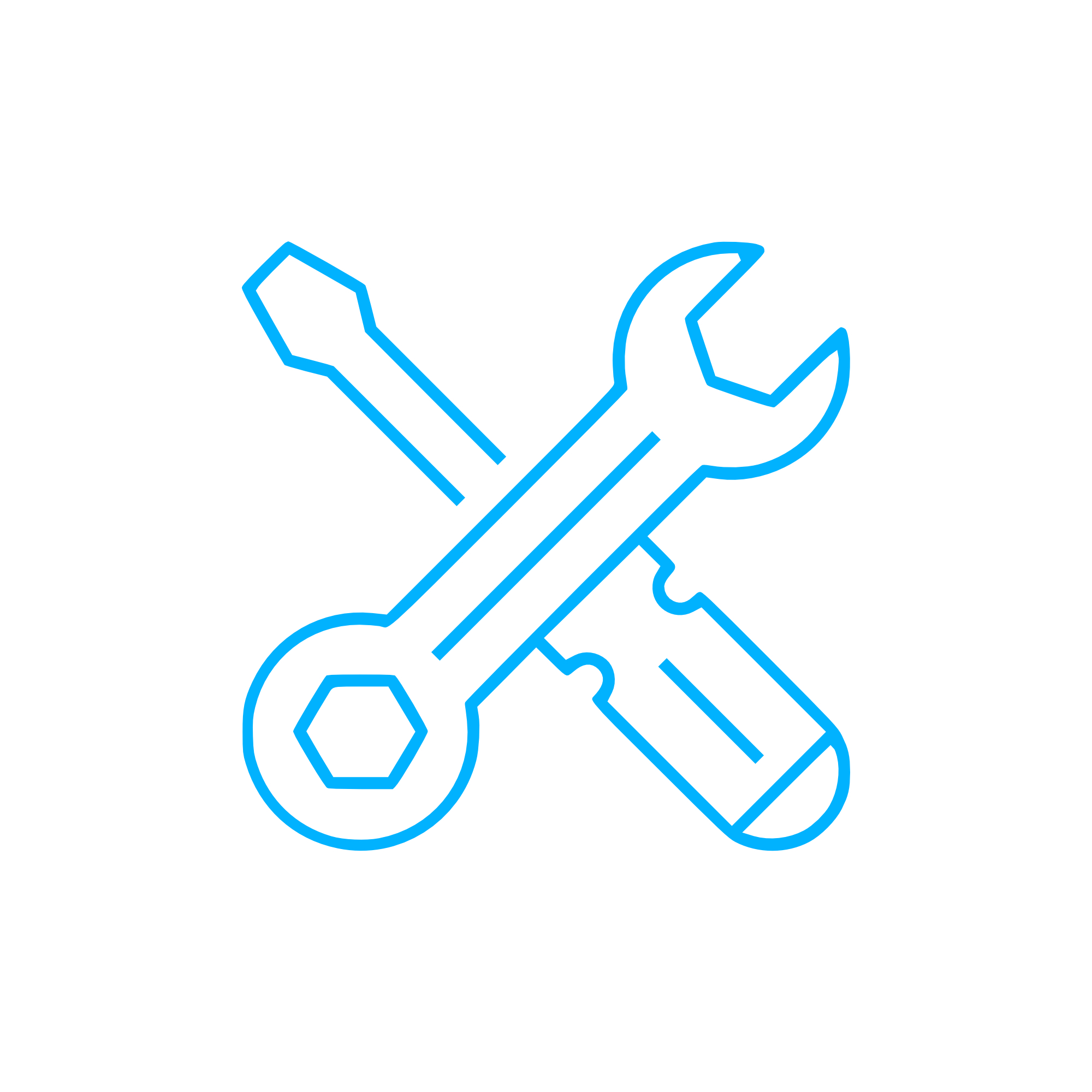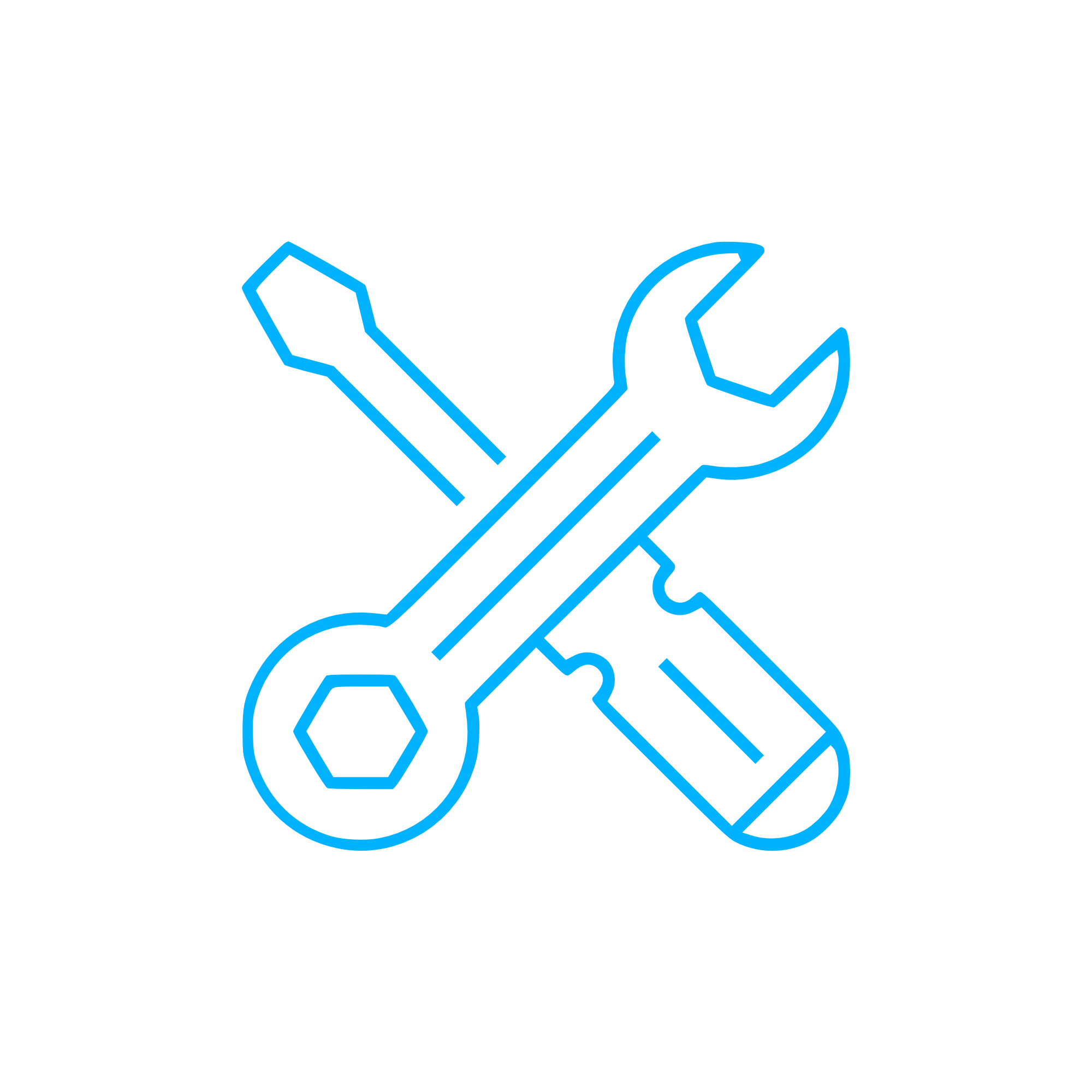REMOVING TOOL Tools for professional engine maintenance and overhaul
Tools are the backbone of efficient engine maintenance. Within this article category, you will find precision REMOVING TOOL solutions designed to extract, pull, press, and separate components without compromising surrounding parts. In heavy-duty diesel and gas applications—especially in the marine engine environment—tools are not an accessory; they are critical to safeguarding tolerances, protecting surfaces, and keeping engines within specification. From injector pullers to cylinder liner extractors and hydraulic puller sets, the right tool ensures clean disassembly, controlled forces, and repeatable results that shorten dock time and raise asset availability.
Technical function: REMOVING TOOL for marine engine and diesel engine service
A REMOVING TOOL is engineered to deliver controlled, axial force to release interference fits, tapered joints, shrink-fits, and press-fits found throughout a diesel engine or marine engine. Typical use cases include extracting cylinder liners from blocks, pulling gearwheels from crankshafts, removing coupling hubs, withdrawing fuel injectors from cylinder heads, and separating bearings from housings. By applying force exactly where needed—often via mechanical threads, hydraulic cylinders, reaction bridges, and centering pilots—the tool minimizes bending moments, misalignment, and surface scoring.
Because a REMOVING TOOL interfaces directly with critical geometries, it must match the dimensions and seating features defined for OEM parts. That fit-up keeps load paths true and prevents damage to counter-bores, keyways, journals, and sealing faces. In practice, properly designed sets include hardened puller bolts with correct thread pitch, precision-machined yokes or crossheads, captive reaction plates, and protection sleeves that distribute load. Where clearances are tight, slimline claws and stepped adapters maintain engagement without gouging adjacent components.
In workshop and onboard settings, the function extends beyond pure removal: a REMOVING TOOL helps maintain process discipline. Repeatable fixture points and defined load increments reduce technician variability, improve safety, and enable reliable reassembly. For large-frame engines, hydraulic variants provide high pulling capacity with integrated pressure control, while mechanical versions remain indispensable for confined spaces and quick interventions.
Key characteristics and advantages of Tools
· Engine-specific adapters ensure accurate load application.
· Surface protection sleeves prevent scoring and fretting.
· Controlled mechanical or hydraulic force reduces collateral damage.
· Centering pilots keep pullers aligned with shafts and bores.
· Heat-treated alloy steels resist deformation and fatigue.
· Corrosion-resistant finishes suit marine engine environments.
· Clear load ratings and documentation support safe use.
· Modular kits cover injectors, liners, gears, and bearings.
· Compact designs improve access in tight engine rooms.
· Repeatable results shorten downtime and labor hours.
Typical REMOVING TOOL applications across OEM parts
Common examples include injector pullers that remove seized nozzles without scarring the head; liner extraction bridges that pull sleeves squarely from the block; gear and coupling pullers with split collets for uniform grip; bearing pullers that engage behind races without marking housings; and valve seat and guide extraction tools that preserve counter-bore integrity. In each case, the REMOVING TOOL is chosen to match OEM parts geometry, ensuring precision disassembly before inspection and replacement.
Importance for engine operation and safety with the REMOVING TOOL
Reliable engines depend on precise maintenance. Using the correct REMOVING TOOL prevents cascading defects that can arise from improvised methods—such as prying, hammering, or overheating. If tools are worn, incorrectly sized, or misapplied, several problems emerge: deformed counter-bores that cause cylinder liner sinking and blow-by; bent pump or camshaft journals leading to premature bearing wear; marred sealing faces that trigger oil or coolant leaks; and cracked housings from uneven extraction forces. Even minor scratches on precision fits may transform into vibration, misalignment, or accelerated fatigue under load.
Safety is equally critical. A degraded REMOVING TOOL can slip under high load, releasing stored energy unpredictably. Rounded threads, fatigued yokes, or worn claws increase the risk of component ejection and personal injury. Moreover, inaccurate torque multiplication or poorly aligned pullers jeopardize bolt preload and joint integrity, which can escalate to gasket failures, hot gas leaks, and turbocharger imbalance. Keeping Tools in spec, inspected, and complete as kits is essential to protecting people, engines, and schedules.
Advantages of OEM spare parts suitable for Tools and the REMOVING TOOL workflow
When maintenance calls for component replacement, pairing a precise REMOVING TOOL with OEM spare parts suitable for Tools yields consistent fit and performance. Because the tool interfaces with the same dimensions used by the engine maker, extraction and reassembly follow the intended geometry, maintaining concentricity and clearances across liners, bearings, and rotating assemblies. The result is stable performance, cleaner emissions, and predictable efficiency in both diesel engine and gas engine fleets.
For reliability, OEM spare parts suitable for Tools reduce rework by aligning with the tool’s pilots, reaction points, and thread engagements. That alignment prevents burr formation, protects surface hardness, and keeps mating faces pristine—factors that directly influence service life. From a budget perspective, the combination lowers total cost by cutting unplanned downtime, avoiding collateral repairs, and shortening overhaul cycles. It also supports traceability and documentation, which many shipowners and operators require for class and audit trails.
In short, using a REMOVING TOOL with OEM spare parts suitable for Tools secures the intended tolerances, preserves safety margins, and sustains lifecycle value across your engine portfolio.
MOPA – rapid supply of OEM parts and the right REMOVING TOOL for diesel and gas engines
MOPA is an experienced, reliable partner for OEM spare parts Tools and every REMOVING TOOL needed to service diesel and gas engines. Customers value our speed in quotation and delivery, our focus on quality across engine-specific tool sets and components, and the security we bring to international trade—complete documentation, consistent sourcing, and careful packaging for marine logistics. Whether you operate a coastal vessel, an offshore installation, or a power plant, MOPA supports your teams with properly matched REMOVING TOOL kits, OEM parts, and technical clarity so your engines return to service faster and stay there longer.
Conclusion: REMOVING TOOL Tools that protect engines and budgets
A well-specified REMOVING TOOL is indispensable for precise, safe, and efficient engine maintenance. It preserves critical surfaces, maintains tolerances, and reduces downtime across marine engine and diesel engine applications. Pairing the right tool with OEM spare parts suitable for Tools delivers durable performance, extended service life, and dependable value for operators and owners alike.





